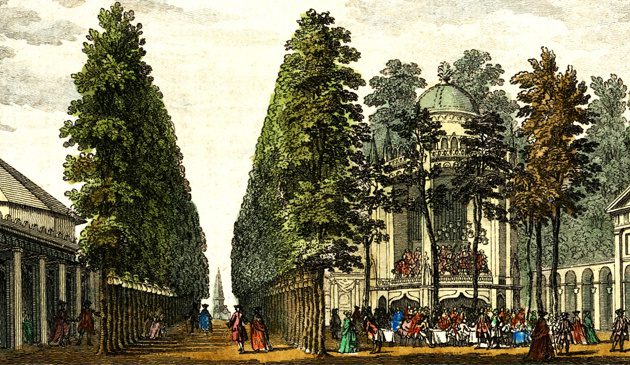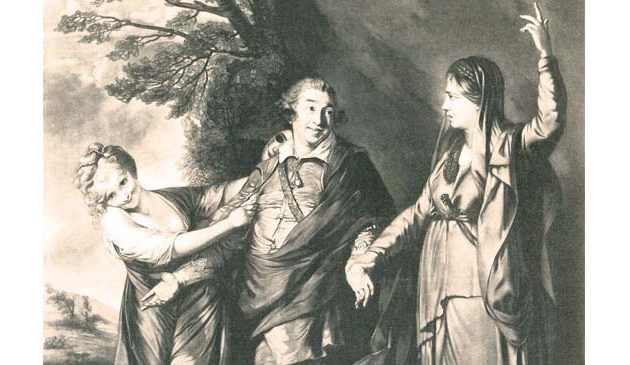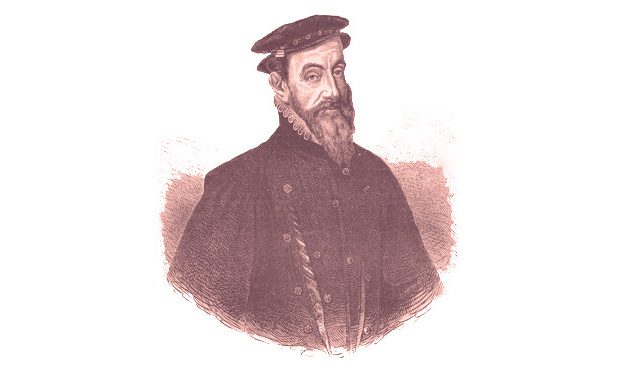Henry FitzAilwin – the first Mayor of London

A detail of the portrait of Henry FitzAilwin that hangs in the Drapers’ Company hall in the City of London. It is possibly by an 18th century artist.
The City of London has had a mayor for over 800 years. The first mayor was Henry FitzAilwin. In modern times a new Lord Mayor is elected annually, is head of the City of London Corporation, and acts as an international ambassador for the City.
The role of the Mayor of the City of London (not to be confused with the modern mayor of Greater London) is an ancient one. The first mayor, chosen in 1189 from amongst a small group of leading citizens, was Henry FitzAilwin, who remained in office until his death in 1212. For over twenty years he presided over the city, apparently unchallenged in his role, through turbulent times of near-civil war and riots. He must have been a remarkable man, acceptable to both Prince (later King) John and King Richard (‘the Lionheart’) as well as the leading people of London, with strong diplomatic skills and a firm grip on power. The exact circumstances of FitzAilwin’s appointment are a mystery but it is probably unlikely he was elected and simply emerged as the best-suited of a small group of men. The post may well have initially been an informal one, with some documents in the early 1190s failing to give his title.
Despite his place in London’s history, much about FitzAilwin is unknown or uncertain. He was born into a well-to-do London family. His name is English, not Norman, and tells us that he is the son of Ailwin (derived from the Saxon ‘Aethelwine’). It was in Ailwin’s house that the husting court was held in the early 12th century. An alderman by 1168, FitzAilwin would certainly have been a man of some wealth and of high regard. As further evidence we know that three years before his appointment he, together with the Bishop of London, was one of those entrusted with handling the funds to pay King Richard’s ransom after the King was taken captive near Vienna while returning from a crusade.
FitzAilwin is known to have had large business premises at Candlewick (Cannon) Street close to the London Stone (and he is sometimes referred to as Henry FitzAilwin de Londonestone). He also had a quay at London Bridge and properties in the eastern part of the city. Although not certain, it is most probable that his main trade was in the production of cloth. He and his brother Alan inherited Watton manor in Hertfordshire but he also held land in Surrey, at Edmonton in Middlesex, and on the Thames in Kent. His London home was adjacent to St. Swithin’s church, of which he was a patron. He was married to Margaret, with four sons, of whom Peter FitzHenry (who predeceased his father) was a benefactor of Bermondsey Priory. Peter’s wife Isabel, daughter of Bartholomew de Chennay was buried there.
The best-known regulation introduced during the time of FitzAilwin’s mayoralty is the Assize of Buildings. It followed a major fire in 1212 that caused a number of deaths, as well as serious and widespread damage in Southwark and across London Bridge. The by-law stipulated the materials of which any new buildings should be constructed in order to minimise the future danger.
As was expected of a wealthy citizen of his time, FitzAilwin was a benefactor of several religious institutions, including Holy Trinity, Aldgate, St. Bartholomew’s hospital, and Westminster Abbey. He contributed to the foundation of St. Mary Spital and founded the chapel at Watton. When FitzAilwin died in September 1212 he was buried at the entrance to the chapter house of Holy Trinity.
FitzAilwin was closely associated with Roger FitzAlan who may have been related or a business associate. There are well over 100 existing documents that bear the signature of FitzAilwin as mayor and around 70 of those also include FitzAlan’s signature. After FitzAilwin’s death, FitzAlan succeeded him as mayor and may have been his chosen successor. No mayor since FitzAilwin has held the post of Mayor of the City of London for life, or for so long.
Sources include: Christopher Brooke ‘London 800-1216’; Caroline M.Barron ‘London in the Later Middle Ages’; Oxford Dictionary of National Biography
< Back to London in the early Middle Ages


